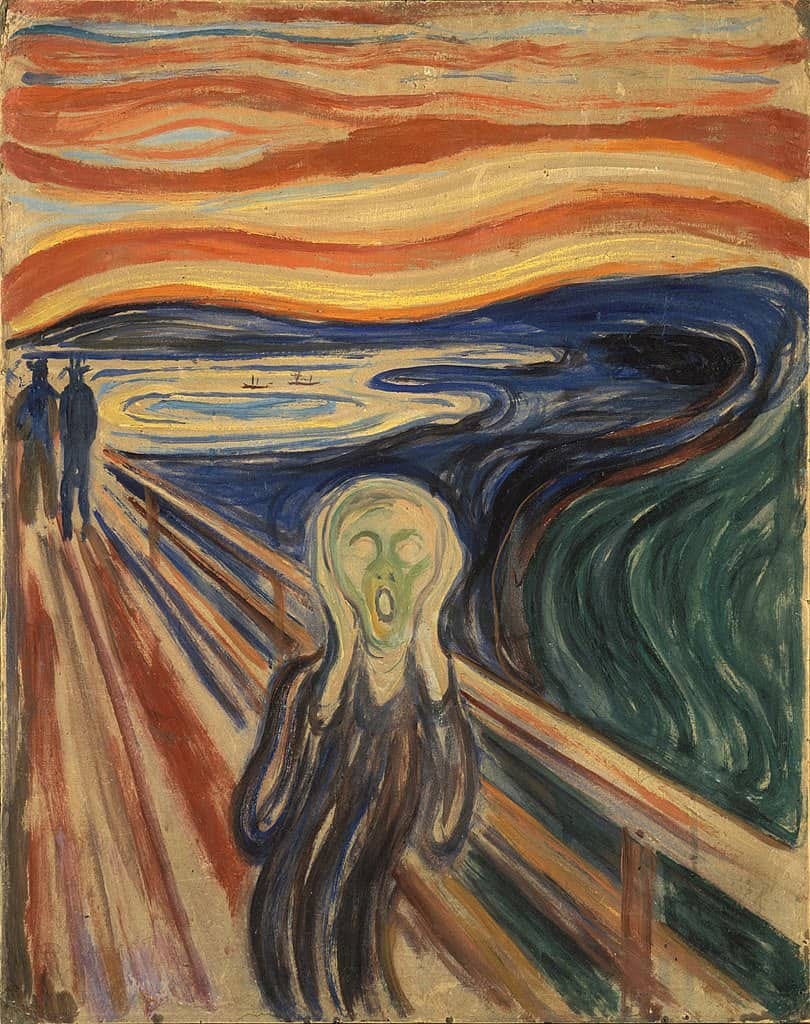Years ago, I noticed a comment under one of my pieces: “Boring.”
I didn’t care. I didn’t even know the person. Seriously. I did not care.
Alright. Maybe I cared a tiny bit. I do, after all, still remember. . .
Paul Graham wrote “there are two senses in which writing can be good: it can sound good, and the ideas can be right. It can have nice, flowing sentences, and it can draw correct conclusions about important things.” I am interested in a third way: writing that is authentic. Writing that leads the mind to the heart by way of personal truth.
What could be more important in an age of AI-generated content, when what we read, watch, and listen to is turning into a nightmarish soup of soulless sameness? What could feel scarier?
It requires that we give up control and show who we are, not who we would like to be. It stirs up a contradictory fear of revelation: a fear of failure and success, of being fully seen and invisible, of rejection, indifference, and applause.
If we let the heart speak, what would it say?
If we let the soul sing, what would that sound like?
How comfortable are we with everything that makes us unique? Could we stand it if someone called it boring? Could we embrace success that looks nothing like we imagined?
Out of fear, we reach for protection: we put on the armor of authority. We hide behind the shield of a proven style. That’s what writer George Saunders did.
Saunders started out writing about his time “in the oil fields in Asia.” He chose the style of a “Hemingwayesque realist,” as he explains in A Swim in a Pond in the Rain. His writing was “minimal and strict and efficient.” By nature, he “reflexively turned to humor,” yet his writing felt “lifeless” because he wore a mask.
One day, he wrote a story for himself. Just for fun. His wife picked it up and when he heard her laugh, “a switch got thrown” in his head. He dropped all notions of what stories should sound like. He allowed himself to be himself.
How fortunate we are that Saunders floundered at first. The world did not need another Hemingway. It needed someone who could create books as strange and touching as Lincoln in the Bardot.
I am still learning how to make friends with my voice and write true words. It can feel more like listening than writing, like befriending a voice that has always been there.
“It’s kind of crazy but, in my experience, that’s the whole game,” Saunders writes. “(1) becoming convinced that there is a voice inside you that really, really knows what it likes, and (2) getting better at hearing that voice and acting on its behalf.”
Our true voice has always been there, but we drop it, forget it, even deny it. We walk right by it. But what is worse than being rejected for it? To never try and connect with it. To never feel the resonance of your truth fully.
Alright, you say, but how?
“You can choose what you write but you can’t choose what you make live.” — George Saunders
When we sit down to write, the old stiffness returns. Words appear like a golem made of the voices we admire, infused with our desires to be heard but also to be safe. Ooops. Back to square one.
Let’s look at a few ideas and exercises to find the live current running behind the grey walls of “should” — including a very powerful idea I picked up from the amazing Henrik Karlsson.
Also: contact me if your voice as a writer/creator feels blocked. I will make time for a few people a month to explore this together.
Explore different dimensions.
Last year, I did an intense vocal workshop. I realized that writing was just one dimension of my voice, deeply connected to speaking and singing. Ideas from one dimension could help me in the others. The core idea was based on the work of Alfred Wolfsohn, a WW1 veteran who healed his severe shell shock (PTSD) through singing.
Keep reading with a 7-day free trial
Subscribe to Frederik Journals to keep reading this post and get 7 days of free access to the full post archives.


